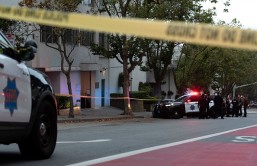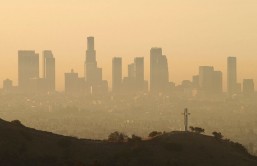The positive-test rate for COVID-19 in the state of New York has hit 2.35% as of November 7 and is recorded as the highest level in more than five months.
COVID-19 in New York
There were around 145, 642 tests reported performed in the state of New York for the day, and out of them around 3,428 came back positive. That is around 2.35%, according to the official Twitter account of Gov. Andrew Cuomo. He added that there were 18 COVID fatalities during that period.
On November 6, the positivity rate was 2.2% and on November 5 it was 2.0%. The last time that the state went past 2.35% was on June 1, when its number of positive tests hit 2.5%, according to New York Post.
Also Read: COVID-19 Patients Can Go to the Polls and Vote In Person, CDC Says
Back to back lockdowns
New York officials have taken a new strategy to help diminish the COVID-19 spikes. The schools were shut down and the businesses were closed temporarily. The officials were used block-by-block infection data while also increasing the testing and the contact tracing in those communities.
The idea of the strategy is to stamp out the potential spike in cases as fast as possible, before it spreads again, while avoiding the possibility of another state-wide lockdown.
The unique effort has been successful so far, it is supported by state and city testing apparatus and it has earned the admiration of epidemiologists, according to The Wasington Post.
However, neither state nor city officials are celebrating as they watch the cases increase to their highest-ever levels in near cities throughout the United States and even in Europe. This brings back the memories months ago when virus deaths exceeded 700 per day.
Jackie Bray, deputy executive director of NYC Test & Trace Corps said that they are all heartened at the fact that the strategy is working and that they are clear-eyed at how difficult it is going to be to sustain through the fall and the winter this year.
NYC Test & Trace Corps is an initiative that the city launched in June that employs 4,000 tracers with a budget of about $1 billion in city funds and federal funds.
The new policy has allowed New York to avoid having to go on lockdown despite the increased number of cases, unlike some European cities that are also suffering in the first wave of the pandemic. France has placed a 9 p.m. curfew in nine cities including Paris. Italy has tightened its restrictions across its bars and restaurants.
An increasing number of cities and states in the United States have also added restrictions on public activity. On November 9, Massachusetts shortened hours for some businesses to encourage people to stay home.
New York continues some restrictions too, such as requiring masks on public transit and social distancing. But its data-based and hyperlocal approach that differs from what other states have implemented.
The policy started in October when the state released a color-coded map, the yellow, orange and red zones. This indicates the least to most severe areas, and the severe ones are Brooklyn, Queens, Rockland and Orange counties.
The said map is created from the results of almost a million coronavirus tests that the state has conducted per week, or around 0.6% of New York's population daily, as of October 2019.
Related Article: White House Chief of Staff Mark Meadows Tests Positive for COVID-19








